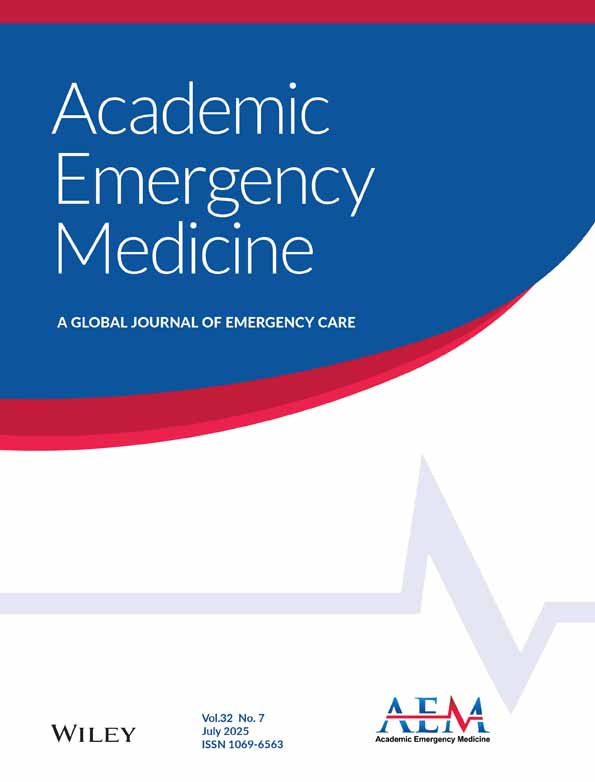Effect of Permissive Hypotension in Continuous Uncontrolled Intra-abdominal Hemorrhage
ABSTRACT
Objective: To determine the effects of aggressive fluid administration vs permissive hypotension on survival, blood loss, and hemodynamics in a model of uncontrolled hemorrhage in which bleeding has been shown to be continuous.
Methods: In this porcine model, 10 animals were bled through a flow-monitored shunt placed between the femoral artery and the peritoneal cavity. The animals received either no fluid (n = 5) or 80 mug lactated Ringer's solution (n = 5) during a resuscitation phase between 10 and 20 minutes postinjury, followed by a 40-minute evaluation phase. Arterial pressures, cardiac output (CO), and hemorrhage rate were measured, Survival and blood loss were calculated outcome measures.
Results: The difference in survival between the animals left hypotensive (40%) and those receiving normotensive resuscitation (20%) was not significant (p = 0.49). In the animals receiving fluid resuscitation, mean arterial pressure (MAP) and CO increased during the resuscitative phase, but all the animals suffered the same pattern of hemodynamic deterioration in the evaluation phase. Rate of hemorrhage during the resuscitative phase was 20 ± 5 mL/min in the animals not receiving fluid and 56 ± 9 mL/min in the animals receiving fluids. Total blood loss was subsequently 20 mL/kg greater in the animals receiving fluids than in the animals without fluid resuscitation.
Conclusions: In this model of continuous uncontrolled hemorrhage, the difference in survival between the animals left hypotensive and the animals receiving fluid resuscitation was not statistically significant. Increases in MAP and CO with fluid resuscitation were transient and were offset by larger volumes of blood loss. In contrast to the aortotomy model (where thrombosis is likely and hypotensive resuscitation has proven beneficial), this model suggests that in continuous bleeding, avoiding fluid resuscitation has a much smaller effect on outcome. Much of the benefit from hypotensive resuscitation may depend on having an injury that can stop bleeding.




